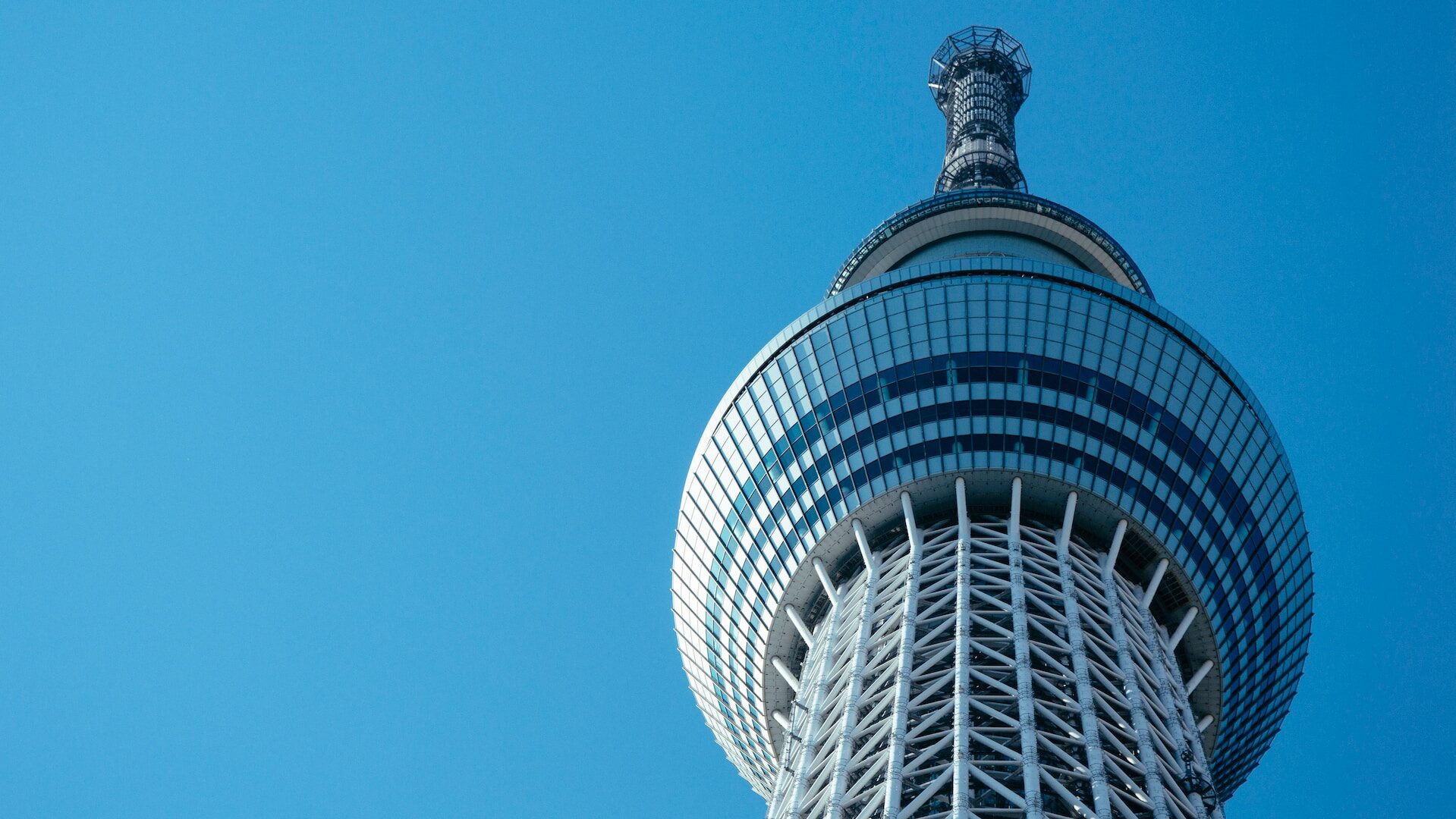Differentiating Crummy Handsets from Great Networks
KDDI’s 3G network is a success (3,293,300 subscribers as of Oct. 31) because the network is great, there is nationwide coverage (due to backwards compatibility), and the handsets are **really** terrific – not because W-CDMA is bad. I thoroughly enjoyed reading “Asia’s 3G edge in mobile-phone market” on the Straits Times’ site yesterday; it may be this week’s news of most lasting significance. The authors state this regions’ advanced handsets – with color displays, data capabilities, and long battery life – give Asian makers like Sharp, NEC, Panasonic, and Samsung a clear technological advantage over rivals in Europe and the US.

